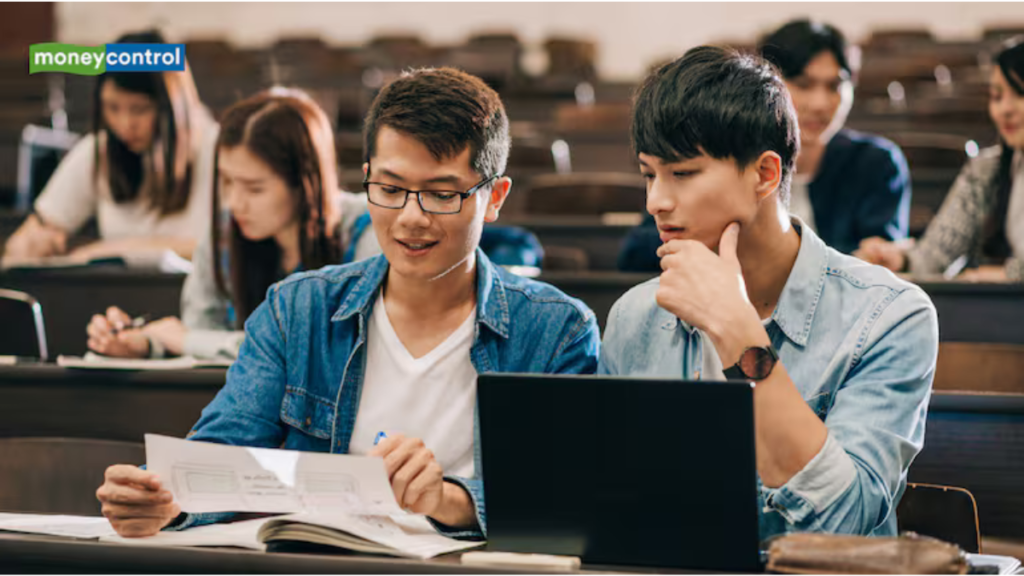Gaokao — China’s national college entrance exam — brought the country to a near standstill on Saturday as over 1.33 crore students sat for one of the world’s most competitive academic tests. Outside thousands of exam centres, crowds of anxious parents waited patiently, many holding water bottles, snacks, and good luck charms, hoping their presence might offer strength to their children inside.
This year’s number marks a slight drop from last year’s 1.34 crore, but the scale remains staggering. In comparison, India’s biggest entrance exams, such as JEE Main and NEET, each attract around 12–15 lakh candidates — making Gaokao nearly ten times larger.
The One-Shot Gateway to College
Officially known as the National Higher Education Entrance Examination, Gaokao is not just a test. It’s a high-stakes turning point in the life of a Chinese student. Unlike in countries with multiple routes to higher education, China relies heavily on this single examination to determine university admissions. The student’s performance in Gaokao can dictate their future — what city they’ll study in, what major they’ll choose, and even their social mobility.
In 2023, China’s higher education enrolment rate crossed 60%, with more than 4.7 crore students enrolled in colleges. Yet for most, getting in begins and ends with Gaokao. It remains the main door to academic success, and for many families, it is their greatest hope.

High-Tech Measures to Protect Integrity
With so much at stake, cheating is strictly prohibited and heavily guarded against. This year, authorities deployed AI-powered surveillance, facial recognition tools, and drones at various exam sites to ensure fairness. In some centres, real-time monitoring systems flagged suspicious behaviour instantly, while devices blocked wireless signals to prevent communication.
The strict security reflects how seriously the exam is taken — not only by students, but by the government, schools, and families across the country.
Citywide Support for Students
Entire cities mobilised to support test-takers. From redirecting traffic to pausing construction work, local authorities did everything they could to maintain a quiet and stress-free environment near exam venues. Some city governments even provided free transportation for students on exam days, making sure no one missed the test due to logistics.
Parents too played a crucial role, often waiting outside for hours in the heat, silently rooting for their children. For many, this day is as emotional as graduation itself.
A Tough Job Market Ahead
While clearing Gaokao is a major achievement, the road ahead isn’t always smooth. Each year, more than 1.2 crore graduates enter China’s job market. However, with economic slowdowns and reduced hiring, finding suitable jobs has become more difficult. This adds another layer of pressure to an already stressful system, where students not only fight to get into college but must also prepare to compete in a tough employment landscape after graduation.
A Symbol of Determination
Despite these challenges, the Gaokao remains a symbol of hard work and merit. State media outlet Xinhua described it as a system that instills belief in the power of effort and perseverance. While debates continue around the intense pressure it places on students, for now, Gaokao still stands as one of the most respected and demanding educational systems in the world.
For millions across China, success in Gaokao is not just about college — it’s about dreams, discipline, and the lifelong pursuit of a better future.
ALSO READ
AP EAMCET Results 2025 Declared: Over 1.89 Lakh Qualify in Engineering Stream
Study Abroad Journey: From MSc to Manufacturing in the UK
Kota’s forgotten students: What happens when you don’t crack JEE Advanced